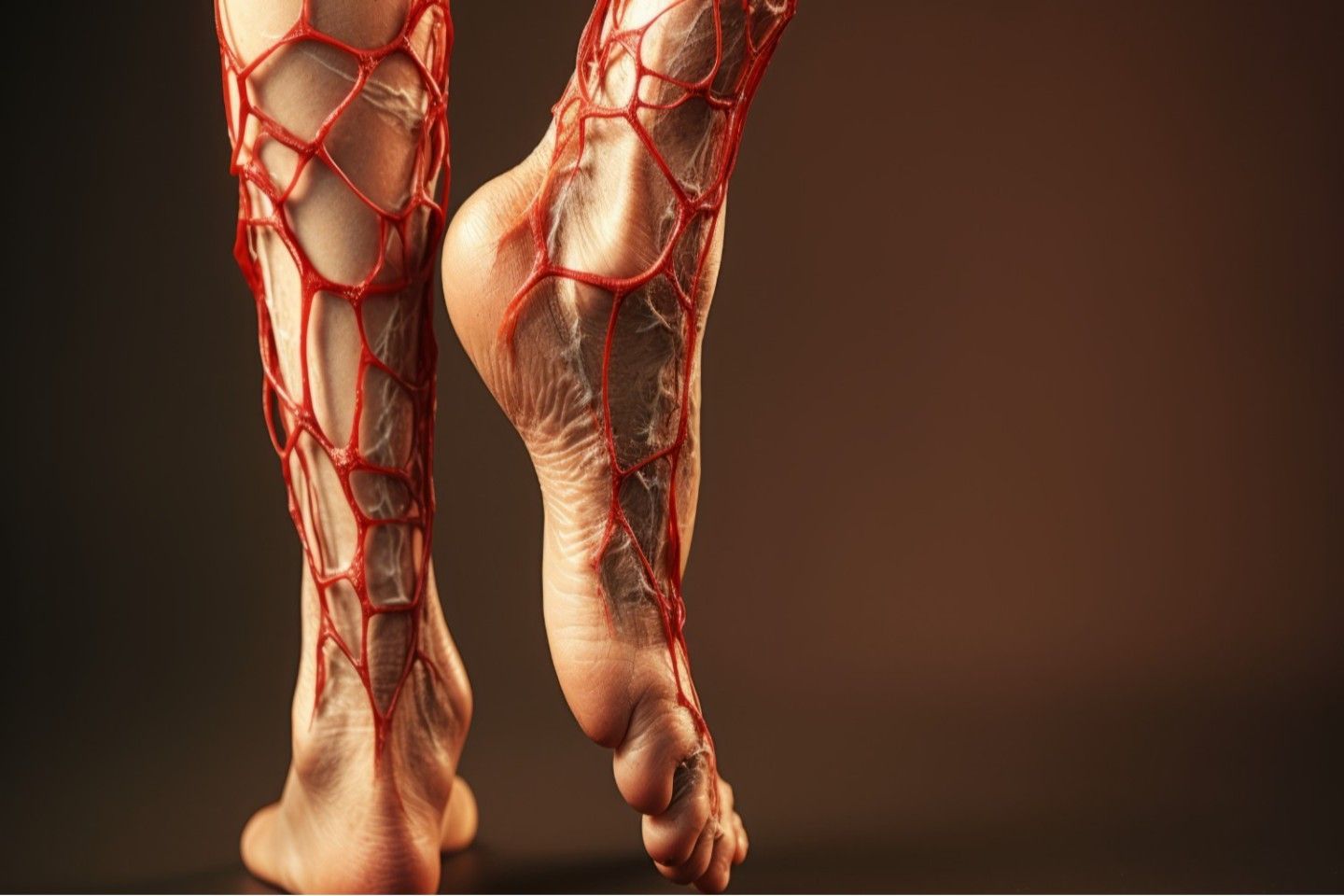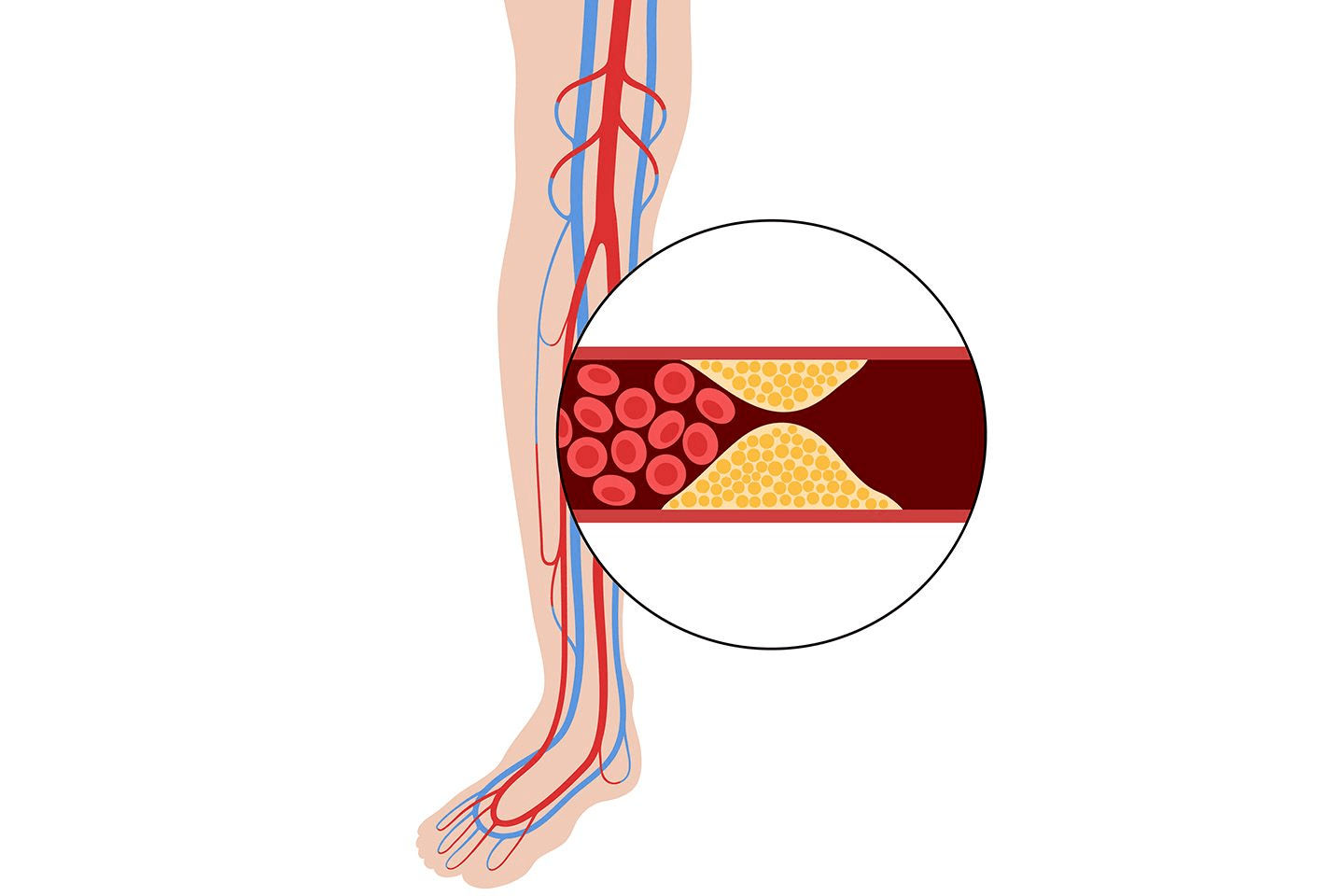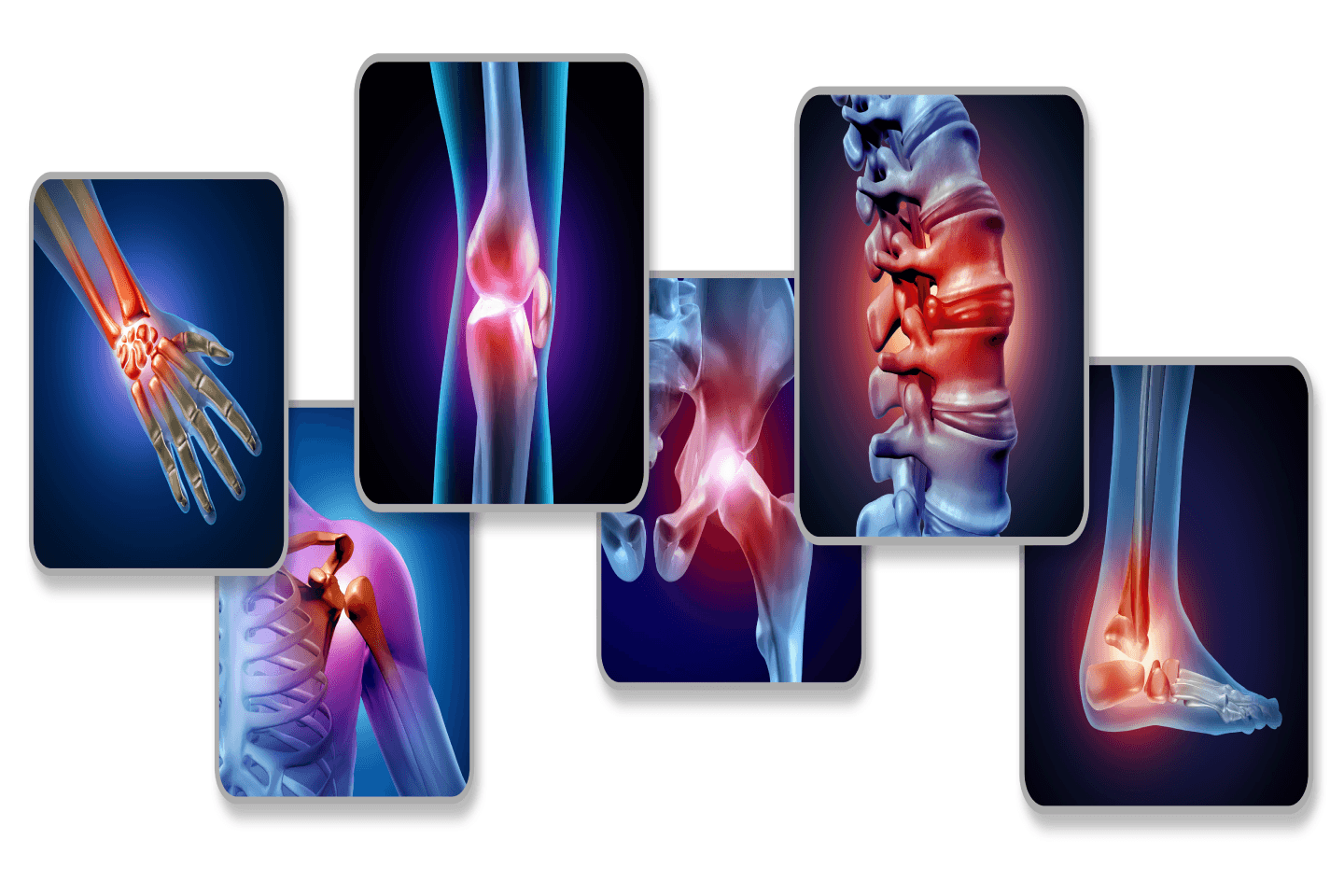
What Are Varicose Veins? Causes, Symptoms & Treatment Options
Introduction
Varicose veins are enlarged, twisted veins that become visible under the skin, most commonly on the legs and ankles. They often look swollen or bulging and appear blue or dark purple. This happens when vein walls weaken and valves do not work correctly. This usually causes blood to gather in the veins instead of returning to the Heart. Even though they are often harmless, varicose veins can cause pain, swelling, or discomfort over time. Knowing what varicose veins are can help you spot them early and take better care of your health. Let us look at the symptoms, what causes them, and the support options that can help.
Symptoms of Varicose Veins
Each person may experience symptoms differently, which can shift over time. Some notice them only during certain activities or seasons, making early awareness even more important.
Common Signs You May Notice
Enlarged, twisted, or bulging veins
Blue or purplish veins visible under the skin
Heavy or tired feeling in the legs
Swelling in the ankles, especially in the evening
Burning, throbbing, or itching sensations
Discomfort after long periods of sitting or standing
Night cramps or restlessness in the legs
Dry, itchy, or discoloured skin around the veins
The sensation around varicose veins :
People with varicose veins often describe a heavy or tight feeling in their legs, especially after standing or walking. By the end of the day, many people notice their legs feel slightly swollen, or the skin around the veins may start to itch. Even if there isn't much pain, the veins can look more raised or noticeable than before, which can be worrying. These changes do not usually happen all at once; they tend to develop gradually and can feel different for each person.
Causes of Varicose Veins
Varicose veins can develop due to several factors, such as age, lifestyle, weight, and genetics.
What Can Lead to Varicose Veins?
Age – natural wear and tear on the Venous valves
Hormonal changes – common during pregnancy or menopause
Pregnancy – increases blood volume and venous pressure
Obesity – excess weight strains the veins
Sedentary lifestyle – sitting or standing for long hours without movement
Family history – Genetics may increase risk
Treatment Options for Varicose Veins
The good news is, there are both non-surgical and medical treatment options for varicose veins.
Treatment Type | Description |
Compression Stockings | Improve circulation and reduce swelling in legs |
Lifestyle Adjustments | Daily walks, leg elevation, low-salt diet |
Sclerotherapy | Solution injected to close smaller veins |
Endovenous Therapy (Laser/Radiofrequency) | Heat or laser seals off faulty veins |
Surgical Procedures | Vein stripping or tying for severe cases |
What to Expect from Treatment
The goal of treatment is to relieve the pain or heaviness from varicose veins so you can go about your day more comfortably. Most modern treatments are minimally invasive and do not require extended hospital stays. These treatments focus on improving how blood flows through your veins. By supporting healthy circulation, they also lower the chances of the problem worsening over time. What treatment works best varies based on your lifestyle, the symptoms you are experiencing, and the stage of the condition. A doctor can help guide you through safe and effective options.
Who Gets Varicose Veins?
Varicose veins do not affect everyone the same way. Certain life stages, body types, and everyday routines can increase the chances of developing them.
People at Higher Risk
Women - especially during pregnancy or menopause, when hormone changes put extra pressure on the veins.
Older adults - as veins naturally lose strength and elasticity with age.
Family history - if varicose veins run in your family, you are more likely to develop them too.
People who are overweight - Extra body weight can make it harder for veins to push blood back up to the heart.
Those with standing or sitting jobs - like teachers, nurses, or office workers- who spend long hours in one position without much movement.
How Lifestyle Plays a Role?
Daily habits have more influence on our veins than we might think. Sitting for long hours, slouching in a chair, or even wearing clothes that squeeze too tightly around the waist can slow circulation and worsen vein problems. People with desk jobs or limited movement are often more at risk without realising it. Simple habits like stretching, walking, or elevating your legs help maintain circulation.
Are Varicose Veins Dangerous?
While varicose veins are usually not severe, they can occasionally point to more serious issues within the veins. Spotting symptoms early can help you stay ahead of any bigger health concerns.
When Should You Be Concerned?
Severe pain, swelling, or hardening near the veins
Skin changes like ulcers, sores, or darkening
Sudden increase in discomfort or heaviness
Unusual leg changes, like bleeding or swelling, may need attention
Possible Risks
Most of the time, varicose veins are not harmful and might only cause minor discomfort. But if ignored for too long, they can sometimes lead to problems like skin sores, swelling, or even blood clots. Even though these issues do not affect everyone, it is better to stay informed. Getting proper treatment early on can make a big difference in keeping you comfortable and preventing bigger concerns later.
Final Thoughts: Managing Varicose Veins Naturally
Varicose veins are often seen as just a cosmetic issue, but they can cause discomfort and affect daily life. Paying attention to early symptoms of varicose veins and making simple lifestyle changes can go a long way.
Stay active with daily walks
Elevate your legs when resting
Wear compression stockings if advised
Avoid prolonged standing or sitting
Maintain a healthy weight
Proper treatment options for varicose veins and medical guidance make managing this condition more straightforward and comfortable.
FAQs
1. What are the signs that I might be developing varicose veins?
You may start noticing veins that look more visible or raised than usual, especially on your legs. They might appear bluish or purplish. Some people also feel a dull ache, heaviness, or tiredness in their legs after standing or sitting for too long. These small changes are often the first signs.
2. Should I be concerned about varicose veins?
Usually, they are not a big deal and cause some discomfort. But it is smart to check if they start to hurt, your skin looks different, or the swelling worsens. It is always better to be sure than to ignore something that might turn serious later.
3. What can I do if I have varicose veins?
Small changes can really help like moving around more often, keeping your legs slightly raised when resting, or using compression stockings if needed. And if things start to feel worse, a doctor can suggest simple treatments that do not involve surgery.



